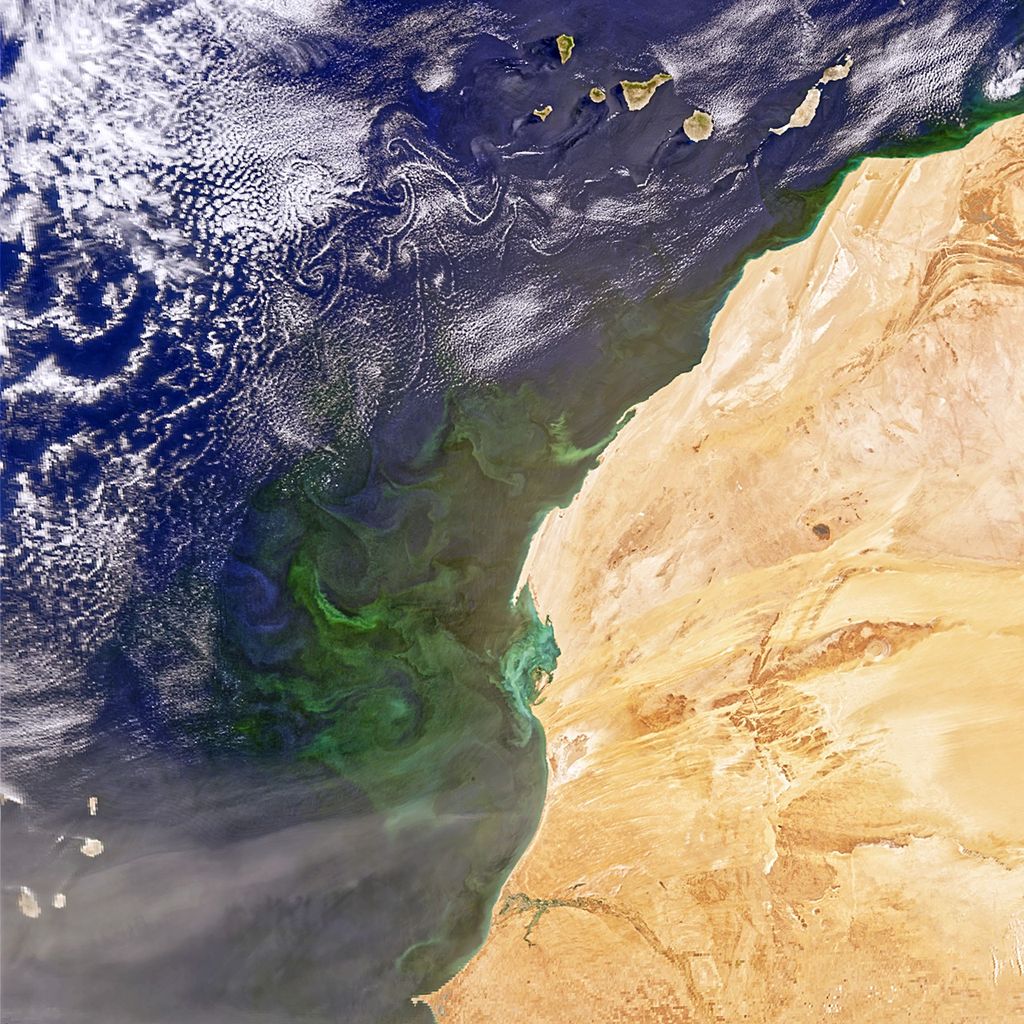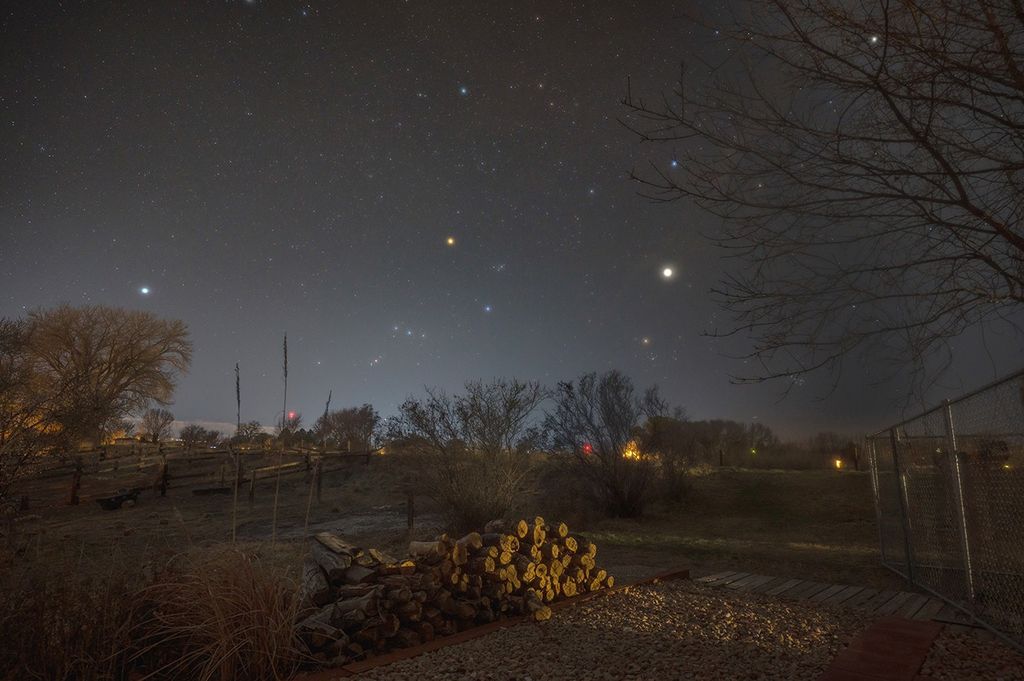NASA is requesting feedback from American companies about capabilities and operations for future commercial space stations. The agency has released two documents, and seeks responses about how the content aligns with industry’s needs and expectations to help guide their technical and business plans for commercial low-Earth orbit (LEO) destinations.
NASA has identified a future need for a low-Earth orbit destination capability to support the agency’s astronauts and other spaceflight participants safely on a commercially-owned and operated space system. As NASA looks to retire the International Space Station after 2030 and focus on its Moon to Mars exploration approach, the ability of private industry to provide a destination in LEO is required to maintain training and research operations in low-Earth orbit.
“Transitioning from the way we operate today on the International Space Station to being one of many customers on a commercially-owned and operated destination is going to be a huge change, a new way we do business,” said Phil McAlister, NASA’s director of commercial space. “Industry needs to understand NASA’s intent and expectations.”
Commercial Low-Earth Orbit Destination Concept of Operations contains NASA goals and objectives for commercial stations, strategies and policies for developing and using independent space stations, and expected roles and responsibilities between the commercial providers and NASA.
Commercial Low-Earth Orbit Destination Capabilities of Interest and Resource Needs addresses both capabilities – hardware items used for research such as a centrifuge, microscope, pressure chamber, glovebox, etc., – and resources such as personnel and consumables needed to operate the research equipment like crew time, power, data, audio and visual channels, and storage.
“The utilization document is critically important because it contains a vetted and quantified list of potential utilization needs to help guide industry size and outfit their concepts. We don’t expect commercial stations to provide all the capabilities listed, but we do want to give industry an idea of the type, and scope, of equipment and facilities we have used on station in the past and what we might need in the future.”
Neither document contains NASA requirements. The information included in each solely constitutes a preliminary set of concepts and potential needs. This information should provide a strong foundation for future discussions and interactions between NASA and industry to help inform both groups’ plans for future commercial space stations.
“Releasing these two documents to industry is a major milestone. As a partnership, we need to ensure NASA and industry are in alignment as much as possible so both party’s benefit. This request for information, as well as future industry workshops and one-on-one sessions, will help do that.”
As part of the process, NASA encourages interested parties to submit questions by 5 p.m. EST on Thursday, March 23. Companies also can request a one-on-one briefing with requests due by 5 p.m. on Friday, April 14. Complete submissions are due to NASA no later than 5 p.m. on Thursday, March 30.
NASA expects to use the feedback received from industry to refine its plans and to inform the development of future NASA requirements for commercial destinations. The agency plans to release the first draft of requirements for commercial destination, transportation, and services later this year.
The primary objective of NASA’s Commercial Low Earth Orbit Development Program is to enable NASA to be one of many customers of a self-sustaining, commercial, U.S.-based industry in low-Earth orbit. A key industrial offering of interest to NASA is one or more orbiting space stations providing safe, reliable, and cost-effective access.
For more information about NASA’s Commercial Low Earth Orbit Development Program, visit our Low Earth Orbit Economy main page below.
-end-































